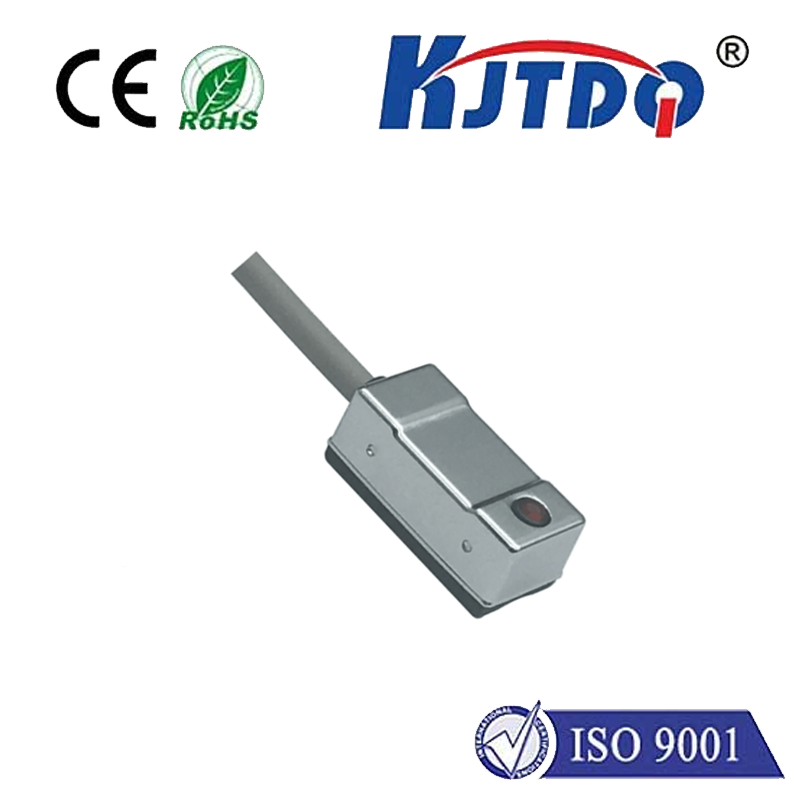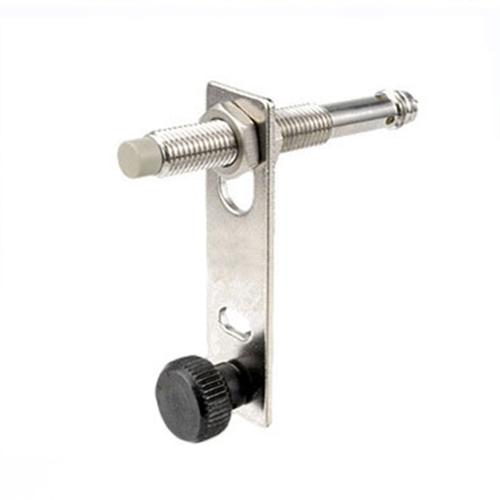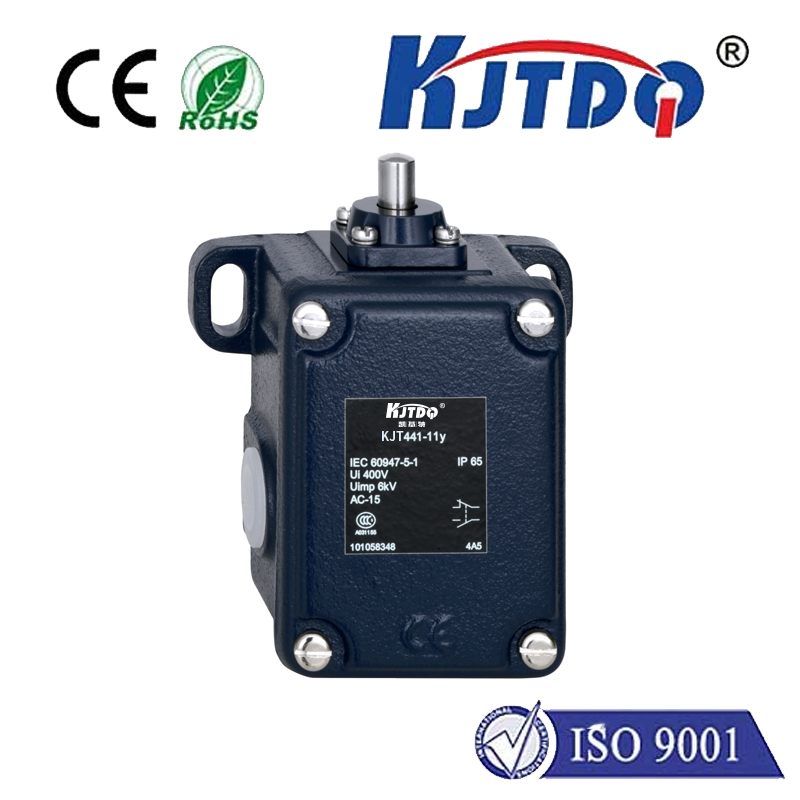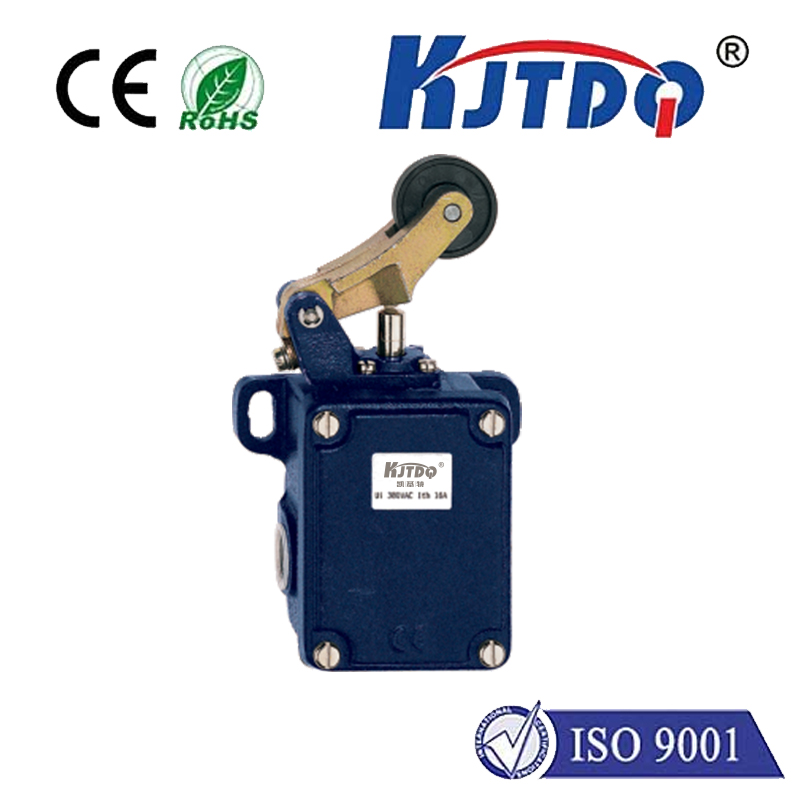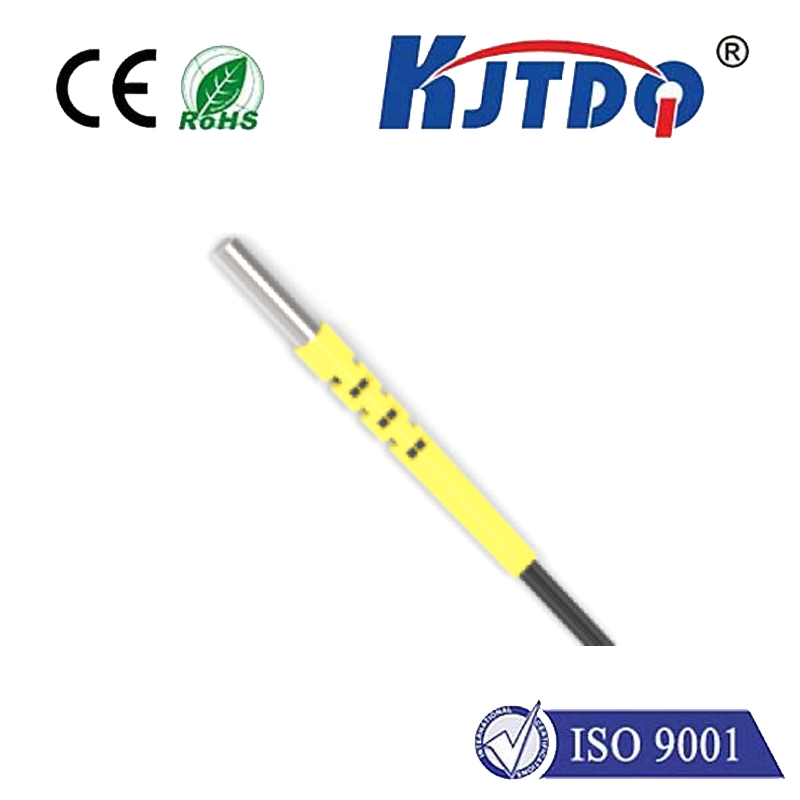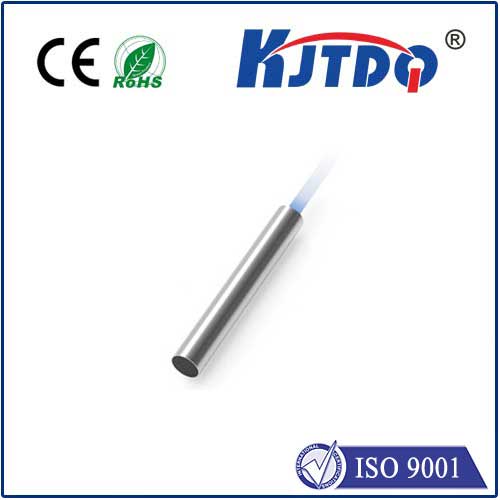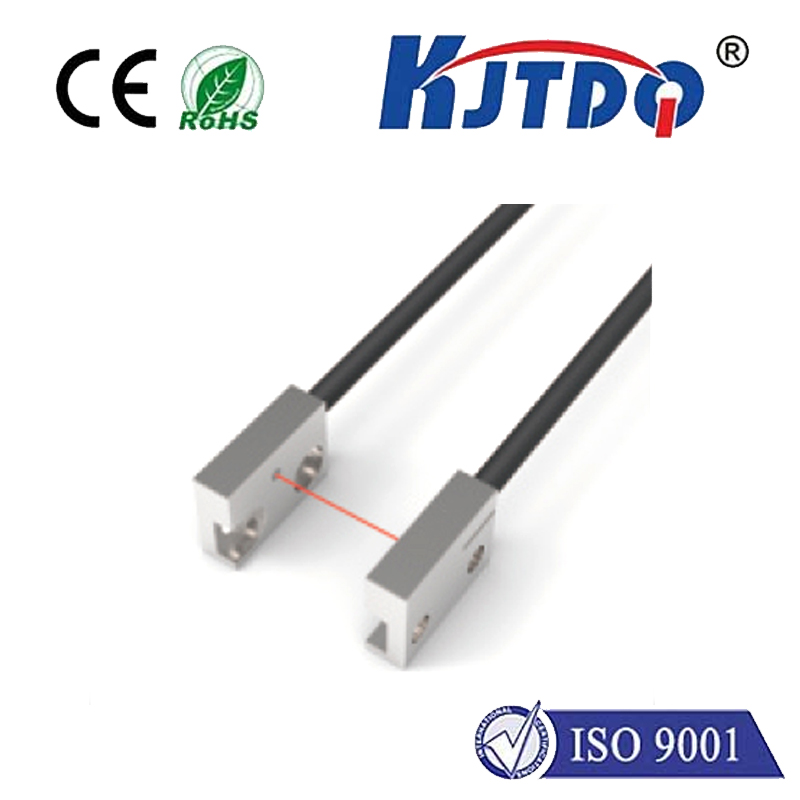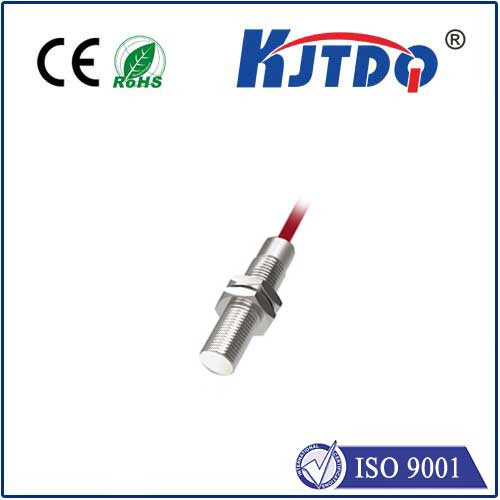fiber optic electric field sensor
- time:2025-08-13 16:12:16
- Click:0
Seeing the Invisible: How Fiber Optic Sensors Revolutionize Electric Field Detection
Imagine standing next to a humming high-voltage power line. You can’t see it, but intense electric fields surround it. Accurately measuring these invisible forces is crucial for safety, reliability, and advancing technology. Traditional electronic sensors often stumble here, struggling with interference and the very fields they try to measure. This is where the remarkable capabilities of fiber optic electric field sensors (FOEFS) come into play, offering a fundamentally different and often superior approach.
At its core, a fiber optic electric field sensor is a specialized device designed to detect and quantify electric fields (E-fields) by exploiting the unique interaction between light traveling through an optical fiber and the surrounding electric field. Unlike conventional sensors that rely on metallic components susceptible to electromagnetic interference (EMI), FOEFS leverage light as the information carrier. This fundamental difference unlocks a suite of powerful advantages critical in modern demanding applications.
Why Measure Electric Fields Anyway?
Electric fields are fundamental forces surrounding any charged object or conductor carrying voltage. Precise measurement is essential in numerous fields:
- Power Industry: Monitoring insulation health in transformers, switchgear, and transmission lines; detecting partial discharges signaling impending failure.
- Aerospace & Defense: Assessing EMI on aircraft and spacecraft; characterizing electromagnetic environments; lightning strike research.
- Scientific Research: Plasma diagnostics, material science, atmospheric physics.
- Medical Technology: Sensing bioelectric fields (e.g., EEG, ECG) with enhanced safety and noise immunity.
- Industrial Automation: Process control in environments with high EMI or explosive atmospheres.
The Achilles’ Heel of Conventional Sensors
Traditional electric field meters, often based on metallic antennas or electrodes connected to electronic circuits, face inherent limitations:

- Electromagnetic Interference (EMI) Susceptibility: The sensor itself and its connecting cables can act as antennas, picking up stray electromagnetic noise that corrupts the desired measurement.
- Field Distortion: Introducing metallic objects into the measurement area inevitably distorts the very electric field you’re trying to quantify.
- High-Voltage Hazards: Using metallic sensors near high voltages presents significant safety risks due to conduction and arcing potential.
- Bandwidth Limitations: Electronic circuits can restrict the achievable measurement speed and frequency response.
Fiber Optics: The Light-Based Solution
Fiber optic sensors address these challenges head-on. The key lies in using a transparent optical fiber, typically made of silica glass, which is inherently dielectric (non-conductive) and immune to EMI. Light propagates through the fiber core guided by total internal reflection. The core principle of FOEFS is that the electric field in the surrounding environment acts upon the light inside the fiber, inducing measurable changes in its optical properties.
How It Works: Illuminating the Mechanism
While specific configurations vary, most FOEFS operate based on one of a few key transduction principles:
- Electro-Optic Effect (Commonly Pockels Effect): This involves integrating an electro-optic crystal (like Lithium Niobate - LiNbO₃ or Bismuth Germanate - BGO) into the sensor head. The refractive index of these crystals changes linearly in proportion to an applied electric field. Light passing through this crystal experiences optical phase modulation proportional to the E-field strength.
- Electrostatic Force: Here, a specially designed sensing element (e.g., a micromachined structure) moves under the influence of the electric field. This movement is detected optically (e.g., via interferometry or intensity modulation) by light guided through the fiber.
- Polarization Modulation: The electric field can alter the polarization state of light traveling in the fiber or in an integrated optic element. Measuring these polarization changes (using polarizers and detectors) provides the E-field measurement.
- Resonator Perturbation: An optical resonator’s resonant frequency shifts when exposed to an external E-field. Tracking this shift via the fiber link gives the field measurement.
The Critical Advantages Driving Adoption
The unique architecture of fiber optic electric field sensors provides compelling benefits:
- Inherent Immunity to Electromagnetic Interference (EMI): As light, not electrons, is the signal carrier, the sensor is virtually unaffected by strong EMI or radio frequency noise. This is paramount in electrically noisy environments like power substations or near radio transmitters.
- Dielectric Nature: Made predominantly of glass, FOEFS introduce minimal distortion into the electric field being measured and present no conductive path. This allows for highly accurate measurements, especially near high-voltage conductors where metallic sensors are unusable. Their dielectric design also enhances safety in high-voltage environments.
- Small Size and Lightweight: Sensor heads can be miniaturized, allowing access to confined spaces and integration into complex structures like aircraft wings or medical devices without significant bulk.
- High Sensitivity and Wide Bandwidth: Certain configurations, particularly those using interferometric detection or resonant structures, offer exceptional sensitivity to very weak fields and can capture rapid field transients (e.g., partial discharge pulses) with bandwidths reaching GHz ranges.
- Electrical Isolation: The sensor head operates purely optically, while detection electronics are safely located remotely. This provides intrinsic galvanic isolation, protecting personnel and equipment from high voltages.
- Corrosion Resistance: Glass sensors are highly resistant to harsh environmental conditions, including moisture and corrosive chemicals.
- Potential for Distributed Sensing: Using techniques like Optical Time Domain Reflectometry (OTDR), fiber optics offer the unique potential for spatially resolved measurements along the length of a fiber cable, ideal for monitoring large structures like power lines or pipelines.
Where Fiber Optic E-Field Sensors Shine: Applications
These advantages translate into solving real-world problems:
- Real-time Condition Monitoring: Continuously tracking E-fields around high-voltage assets to detect anomalies signaling insulation degradation or partial discharge activity before catastrophic failure occurs.
- EMI Mapping & Compliance Testing: Characterizing electromagnetic emissions and susceptibility of equipment and systems without sensor-induced artifacts.
- Non-Intrusive Voltage Sensing: Estimating voltage levels on conductors by measuring the surrounding E-field, enabling safer monitoring.
- Lightning Research: Safely measuring the intense, rapidly changing E-fields associated with lightning strikes.
- Medical Sensing: Developing safer, more robust sensors for measuring bioelectric fields (EEG/ECG), potentially operating within MRI scanners where metallic sensors are prohibited.
- Industrial Process Control: Monitoring electrostatic processes (painting, printing) or environments with explosion risks (ATEX zones), where sparking must be avoided.
The Future: Integration and Intelligence
The evolution of FOEFS points towards greater miniaturization, enhanced integration with photonic integrated circuits (PICs) for compactness and lower cost, and the development of more sensitive materials and structures. Furthermore, integrating these sensors into the Internet of Things (IoT) frameworks allows for large-scale, networked monitoring systems. Coupled with artificial intelligence (AI) for data analysis, FOEFS will enable predictive maintenance, smarter grid management, and deeper insights into complex electromagnetic phenomena.
In essence, fiber optic electric field sensors provide a powerful, safe, and EMI-immune solution for quantifying the invisible forces around us. By harnessing light within a simple strand of glass, they unlock new possibilities for monitoring, safety, and research across a vast spectrum of challenging electrical environments












